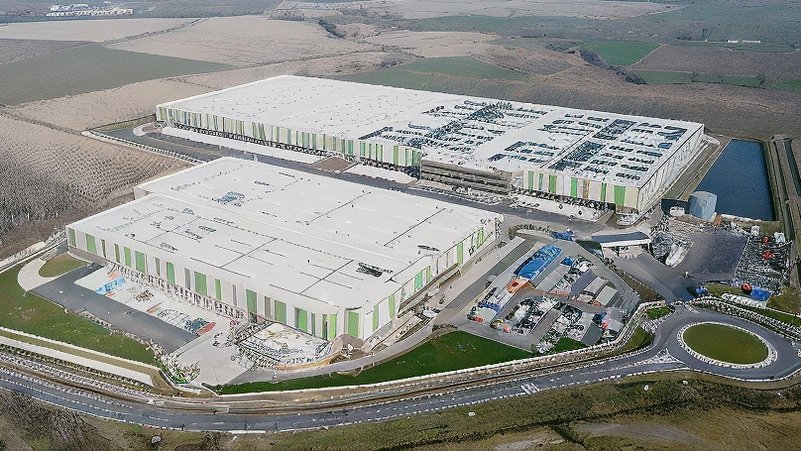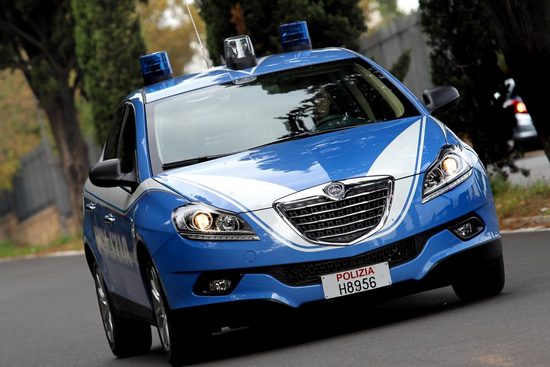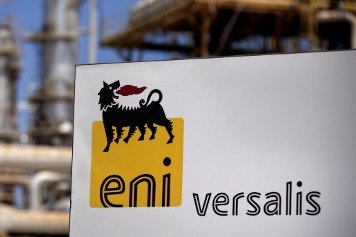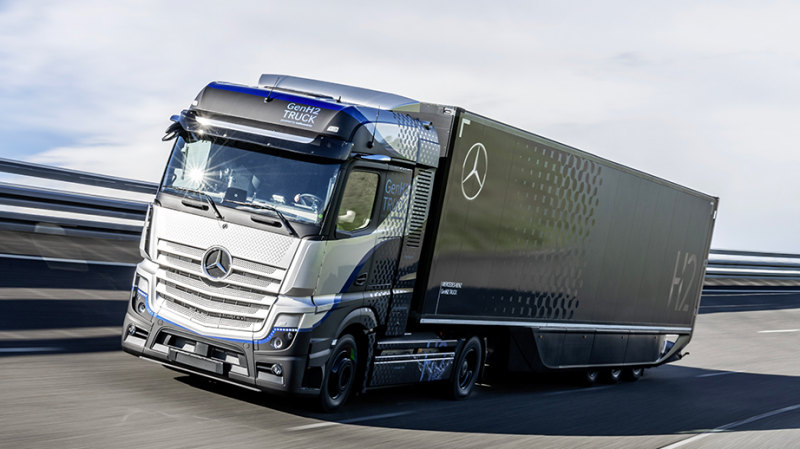With a vote count of 297 in favor, 190 against, and 37 abstentions, the European Parliament ratified on March 13 the text of the Regulation concerning the new Euro 7 vehicle emissions, cementing the agreement reached with the European Council. Notably, this regulation consolidates both light and heavy vehicles under a single legislative framework. The approved text introduces stringent particulate matter limits, as low as ten nanometers (PM10), significantly tighter than the previous 23 nanometers. Additionally, it mandates on-road vehicle testing for homologation, rather than relying solely on laboratory assessments.
An equally significant innovation is the regulation of microplastic emissions from tires and brakes. For the first time, provisions are made for electric vehicles, ensuring the preservation of charging capacity even after prolonged use.
The text also introduces an environmental "vehicle passport," providing information on the vehicle's environmental impact at the time of registration. This includes emission limits for pollutants and CO2, fuel or electricity consumption, range, and battery lifespan for electric vehicles. Buyers will receive regular updates on these parameters via onboard systems.
Regarding industrial vehicles (categorized as M2, M3, N2, and N3, along with O3 and O4 trailers), the regulation encompasses various provisions concerning emissions, fuel consumption, electricity usage, and battery durability.
New emission standards for industrial vehicles are categorized into two: those measured during laboratory testing and real-world driving. Key emission standards under Euro 7 mandate 200 mg per kWh (in laboratory conditions) and 260 mg per kWh (on-road) for NOx emissions (compared to 400 mg per kWh under Euro VI) and 8 mg per kWh for particulate matter (PM), in contrast to Euro VI's 10 mg per kWh.
The implementation timeline for the Regulation depends on its publication in the Official Journal of the European Union. For industrial vehicles, the new rules will come into effect 48 months after publication for new vehicle types (those receiving new homologation types) and sixty days for all new vehicles (regardless of type) from the twentieth day post-publication.



































































